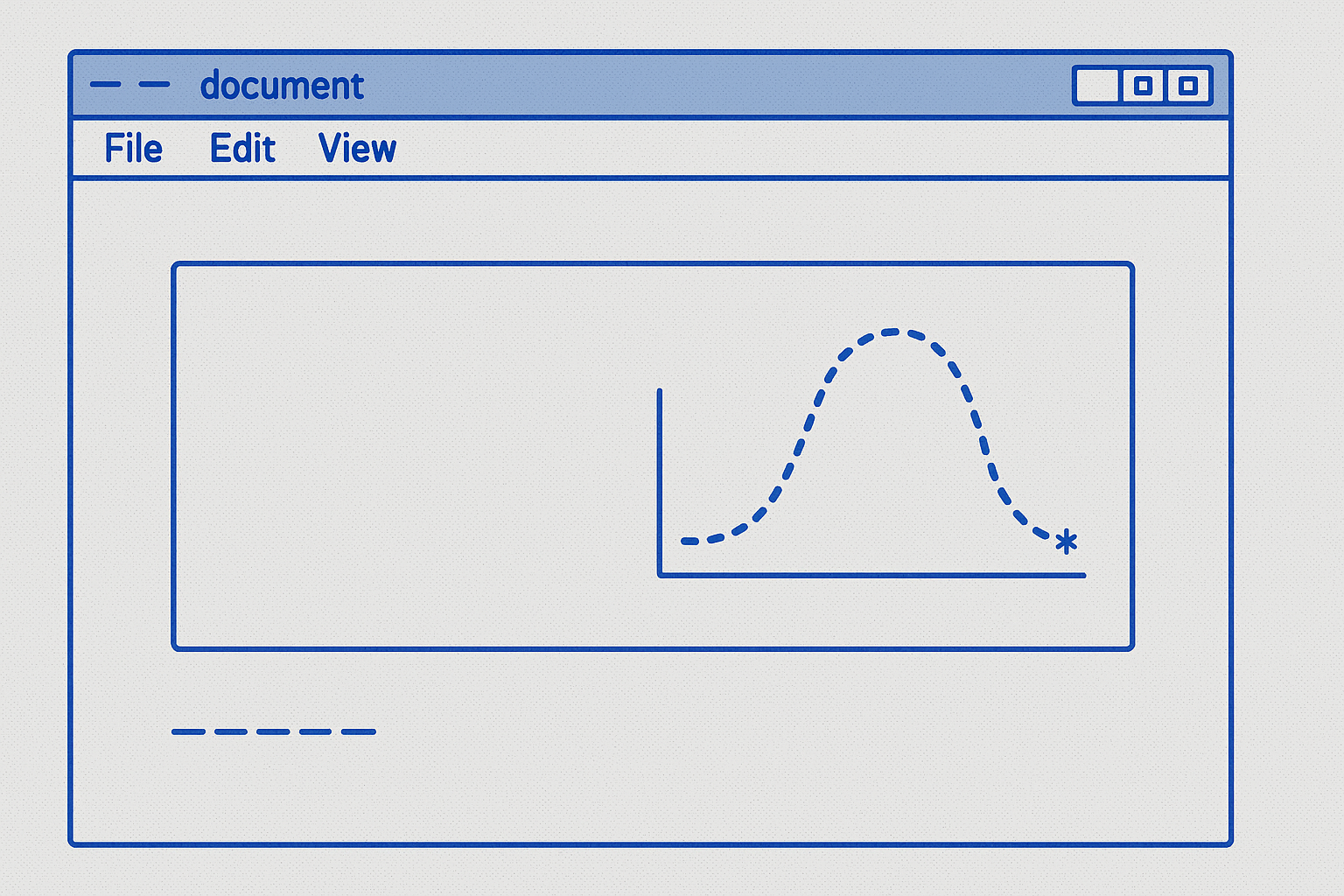
TL;DR:
Ben Thompson’s “The Benefits of Bubbles” argues that financial manias like today’s AI boom, while destined to burst, play a crucial role in accelerating innovation and infrastructure. Drawing on Carlota Perez and the newer work of Byrne Hobart and Tobias Huber, Thompson contends that bubbles aren’t just speculative excess—they’re coordination mechanisms that align capital, talent, and belief around transformative technologies. Even when they collapse, the lasting payoff is progress.
Summary
Ben Thompson revisits the classic question: are bubbles inherently bad? His answer is nuanced. Yes, bubbles pop. But they also build. Thompson situates the current AI explosion—OpenAI’s trillion-dollar commitments and hyperscaler spending sprees—within the historical pattern described by Carlota Perez in Technological Revolutions and Financial Capital. Perez’s thesis: every major technological revolution begins with an “Installation Phase” fueled by speculation and waste. The bubble funds infrastructure that outlasts its financiers, paving the way for a “Deployment Phase” where society reaps the benefits.
Thompson extends this logic using Byrne Hobart and Tobias Huber’s concept of “Inflection Bubbles,” which he contrasts with destructive “Mean-Reversion Bubbles” like subprime mortgages. Inflection bubbles occur when investors bet that the future will be radically different, not just marginally improved. The dot-com bubble, for instance, built the Internet’s cognitive and physical backbone—from fiber networks to AJAX-driven interactivity—that enabled the next two decades of growth.
Applied to AI, Thompson sees similar dynamics. The bubble is creating massive investment in GPUs, fabs, and—most importantly—power generation. Unlike chips, which decay quickly, energy infrastructure lasts decades and underpins future innovation. Microsoft, Amazon, and others are already building gigawatts of new capacity, potentially spurring a long-overdue resurgence in energy growth. This, Thompson suggests, may become the “railroads and power plants” of the AI age.
He also highlights AI’s “cognitive capacity payoff.” As everyone from startups to Chinese labs works on AI, knowledge diffusion is near-instantaneous, driving rapid iteration. Investment bubbles fund parallel experimentation—new chip architectures, lithography startups, and fundamental rethinks of computing models. Even failures accelerate collective learning. Hobart and Huber call this “parallelized innovation”: bubbles compress decades of progress into a few intense years through shared belief and FOMO-driven coordination.
Thompson concludes with a warning against stagnation. He contrasts the AI mania with the risk-aversion of the 2010s, when Big Tech calcified and innovation slowed. Bubbles, for all their chaos, restore the “spiritual energy” of creation—a willingness to take irrational risks for something new. While the AI boom will eventually deflate, its benefits, like power infrastructure and new computing paradigms, may endure for generations.
Key Takeaways
- Bubbles are essential accelerators. They fund infrastructure and innovation that rational markets never would.
- Carlota Perez’s “Installation Phase” framework explains how speculative capital lays the groundwork for future growth.
- Inflection bubbles drive paradigm shifts. They aren’t about small improvements—they bet on orders-of-magnitude change.
- The AI bubble is building the real economy. Fabs, power plants, and chip ecosystems are long-term assets disguised as mania.
- Cognitive capacity grows in parallel. When everyone builds simultaneously, progress compounds across fields.
- FOMO has a purpose. Speculative energy coordinates capital and creativity at scale.
- Stagnation is the alternative. Without bubbles, societies drift toward safety, bureaucracy, and creative paralysis.
- The true payoff of AI may be infrastructure. Power generation, not GPUs, could be the era’s lasting legacy.
- Belief drives progress. Mania is a social technology for collective imagination.
1-Sentence Summary:
Ben Thompson argues that the AI boom is a classic “inflection bubble” — a burst of coordinated mania that wastes money in the short term but builds the physical and intellectual foundations of the next technological age.